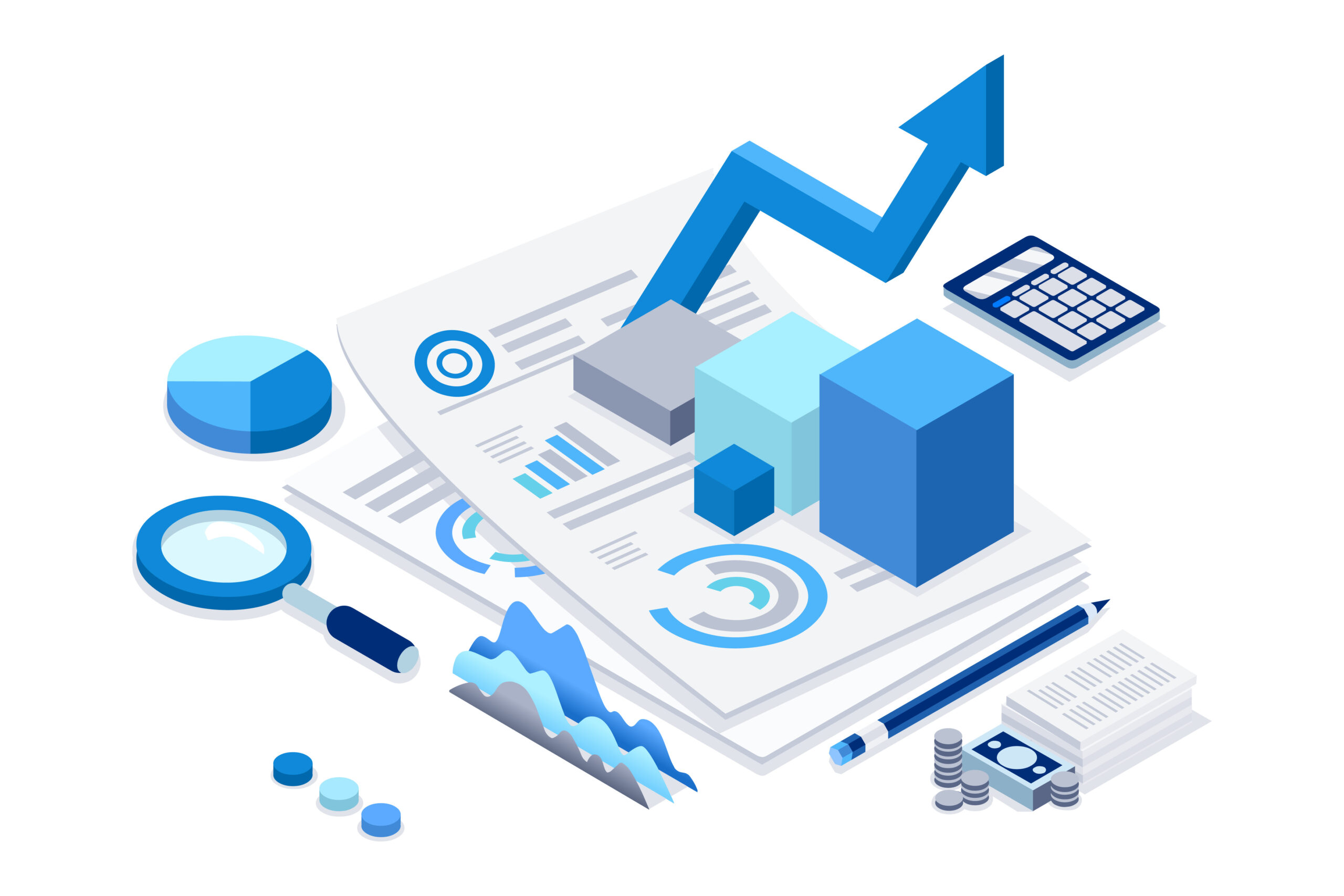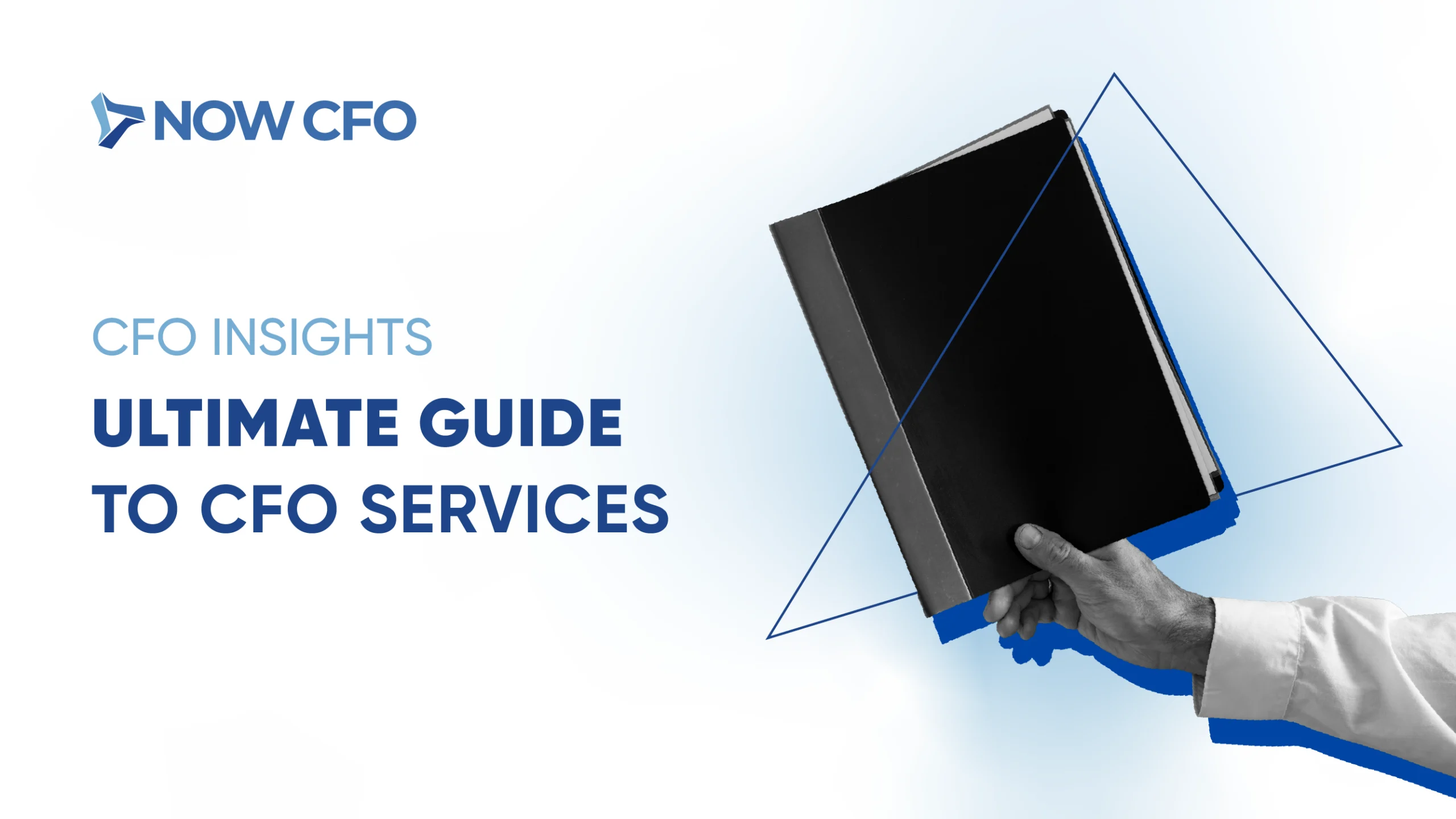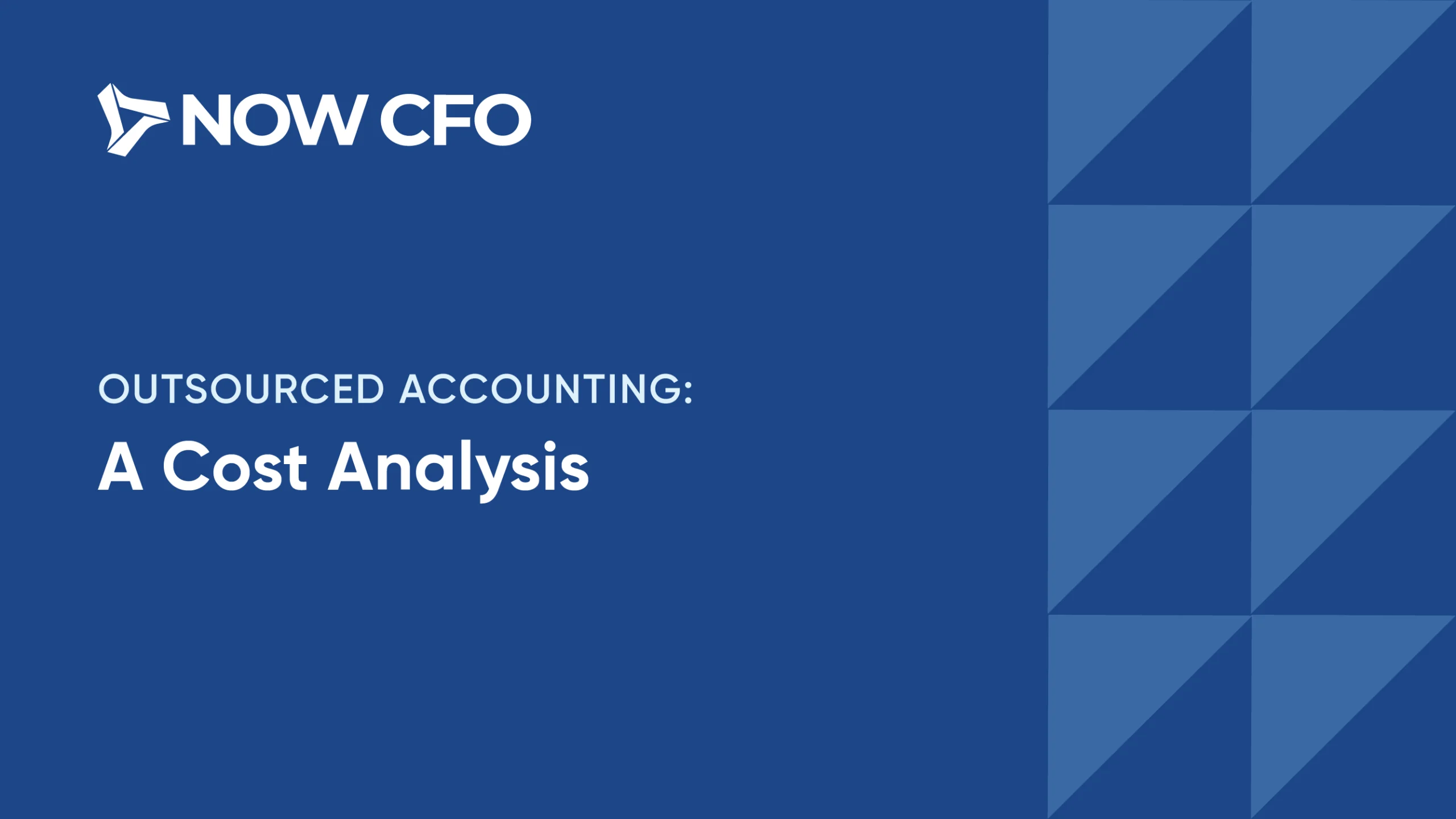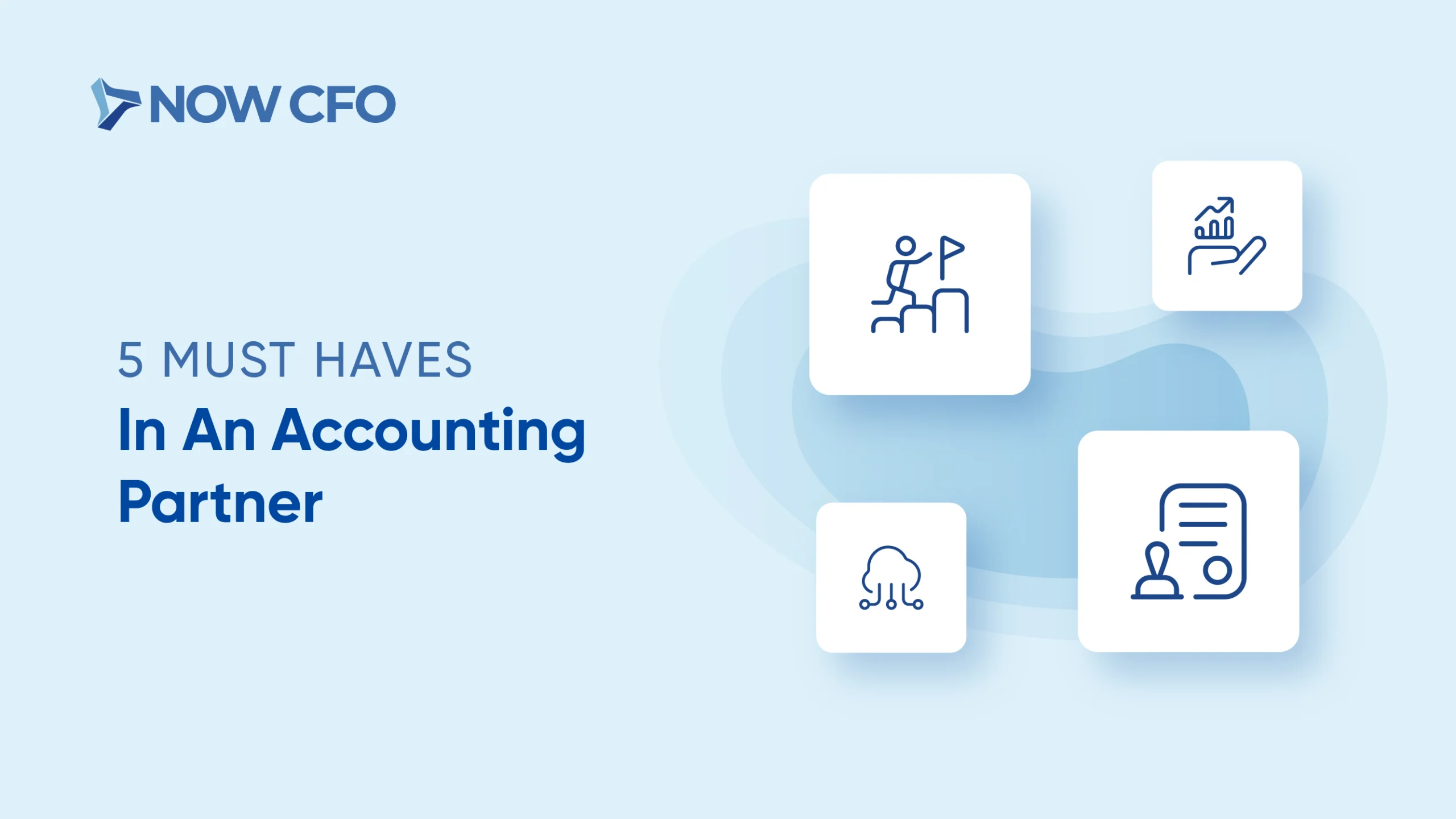
What is Rolling Cash Flow Forecast?
For small- and medium-sized businesses, cash is king. When times are tough, and when the market shifts, steady cash flow and liquidity can help your business continue to pay its expenses and make payroll on time. Even if a business is increasing its sales, it can be doomed to fail if cash flow is not carefully monitored and controlled. In fact, for small- and medium-sized businesses that failed, 60% cite cash flow as a main factor. The solution? Building and maintaining an accurate, rolling 13-week cashflow. A fractional consulting firm can help makes this process even easier by paying half of what you would pay for a full-time CFO.
What is Cash Flow Forecasting?
A cash flow forecast is a plan that shows how much money a business expects to receive in, and pay out, over a given period of time. A typical cashflow forecast is built for a rolling 13-week period.
The main goal of a cashflow forecast is to assist with managing liquidity within an organization, ensuring that the business has the necessary cash to meet its obligations—like payroll and bills—and avoid funding options. Essentially, having a well-built cash flow forecast will let you know where your business’ cash is headed and prevent any unforeseen dips along the way.
What Are The Components of a Forecast?
There are three key components included in a cash flow forecast—estimated likely sales, projected cash in, and projected cash out.
Likely Sales
The easiest way to project likely sales is to look at the business’ sales history over the past few years. In doing this, it’s important to identify any seasonal trends as well as the impact of any promotions or discounts you may have run.
When estimating sales, it’s similarly crucial to take future plans into consideration, such as emerging competition, new product launches, or promotional activity. Additionally, keeping a close eye on the market and any new trends can help your estimations be more accurate.
Cash Out and Cash In
Cash out is more easily measured, since this is the money spent on overhead, bills, payroll, and equipment, among other expenses. Cash in is more difficult to time accurately, as the business essentially has to estimate when their customers will pay them.
It’s important to note that the cash flow forecast is most accurate when “rolling”, meaning that it’s being consistently updated to account for changes week over week. After week one, you return to the forecast during week two to see how accurate you were. Week two then becomes week one, and the forecast is built out for one more week. This way, there are always 13 weeks, or one full quarter, built out. Your forecast will become more accurate as time goes on.
What Are The Benefits of a Cash Flow Forecast?
Though the first and greatest benefit of cash flow forecasting is knowing that you’ll have enough money to pay your expenses, there are several other advantages that come from more closely monitoring your business’ cash, such as:
Improving Your Financial Management
Forecasting helps you to see upcoming holes in your budget and be able to find a solution in time. By accurately tracking how much you’re able to spend, you can ensure that your vendors, employees, and other financial obligations are always paid on time.
Forecasting can similarly help you to better design your business strategy. If you can forecast when your cash in will be greater than your cash out, you can plan how to use the additional funds to improve your business.
Knowing When to Open a Line of Credit
Forecasting also shows when your cash out will be greater than cash in, meaning you can plan ahead and open a line of credit if needed. The further in advance you can identify these gaps, the more time you’ll have to determine your needs and negotiate favorable terms.
Ability to Prepare for Growth
Even if your sales are increasing, your business will have difficulty growing unless you have liquidity. A cash flow forecast allows you to first see how much money you’re currently spending on growth; for example, perhaps you needed to hire additional employees or rent a larger warehouse to keep up with sales. Second, the forecast can show when your business will have additional cash, letting you determine how these funds should be used towards growth—such as additional market, new hires, or a new product line. Fractional consulting firms can provide many different financial services to help businesses plan and manage growth.
How Can a Fractional Consulting Firm Help?
The great thing about cash flow forecasts is that you don’t need to hire a full-time accountant to create this tool for your business. Rather, you can contract a fractional consulting firm to build the initial forecast, and your internal accounting department can maintain the rolling forecast week over week. In fact, seeking out fractional executive solutions such as this is often more cost effective in the long term, as you reap the benefits of higher-level analysis while only paying fractional rates.
Learn: Navigating Cash Flow Challenges














